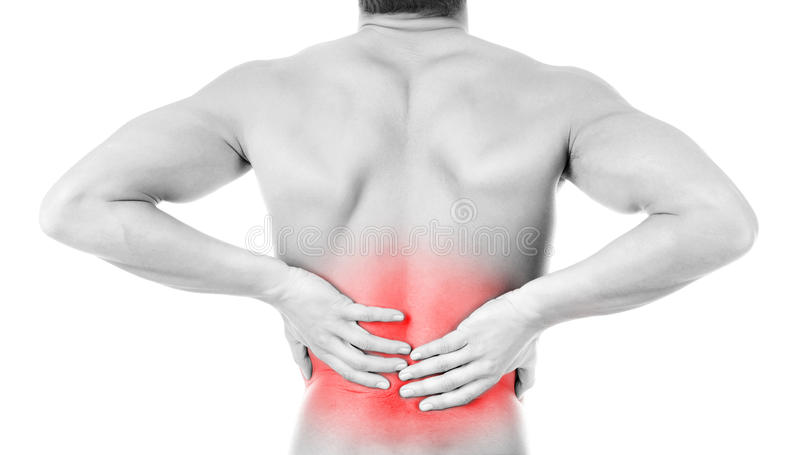Pain in the middle back can be either chronic or short lived, which is defined as last longer than three days. middle back pain can be defined as a sharp, intense pain, often coming on suddenly and fading away quickly. The pain can radiate, spread, or occur in other areas of the body. Middle back pain is not the same as lower back pain, as the location of pain in the middle back is between the ribs and the pelvis. Middle back pain usually affects people in their middle age years.
Upper and lower back pain are similar in many ways, but upper back pain is often felt as a separate discomfort from the sensation of pain in the lower back. Middle back discomfort is usually felt as if a small stick is digging into the flesh below the ribs. However, upper back discomfort is more often a feeling of discomfort, a burning, or numbness in the upper portion of the torso that is located near the torso.
The majority of middle back discomfort is caused by compression of one or more of the nerve roots. This compression results in pinched nerves and symptoms such as numbness and tingling. Middle back discomfort is also caused by inflammation of the muscle, or by inflammation of the tissues surrounding the muscles, or both. Sometimes the discomfort is due to irritation of the skin by the pressure of the bulging muscles. Middle back pain and tingling are also a sign of a herniated disc.
Herniated discs occur more frequently in people who have a long history of neck and back pain. A hinged disc occurs when a part of the disc – usually the nucleus pulposa – weakens and then pulls outward, putting pressure on nerves and structures in the neck and upper back. This causes pain, numbness, and weakness in these tissues. Herniated discs can be identified by either performing an inversion test, where the practitioner puts the arm behind the head and looks down at it, or by X-rays. When a vertebra is squeezed like this, it may bulge out of its socket, causing irritation and inflammation around the concerned nerve.
Nerve compression caused by degenerative changes and/or abnormal wear and tear is also one of the main factors responsible for middle back pain. In degenerative changes, the outer rings of cartilage become thinner over time and/or the inner core becomes denser, making it harder for the spine to remain properly aligned. As a result, the nerve fibers exit the spinal column and travel through the “bulge” or “crest” area. With this extra travel, the nerves may rub against the soft tissue and cause acute pain, numbness, and tingling. Ongoing wear and tear on the spinal discs and muscles also contributes to middle back discomfort.
Middle back discomfort can also be caused by poor posture, especially if the spine is positioned improperly during daily activities. Some of these activities include lifting heavy objects and twisting with the legs while bending at the waist. Maintaining good posture helps to keep the spine straight and prevents the development of chronic back problems, like disc degeneration, impingement of spinal nerves, inflammation, and nerve compression. And of course, by practicing good posture, strengthening the muscles that support the spine will take some of the burden off the lumbar region and decrease pressure on the discs.
Chiropractor, Maryland
(667) 215 5546


